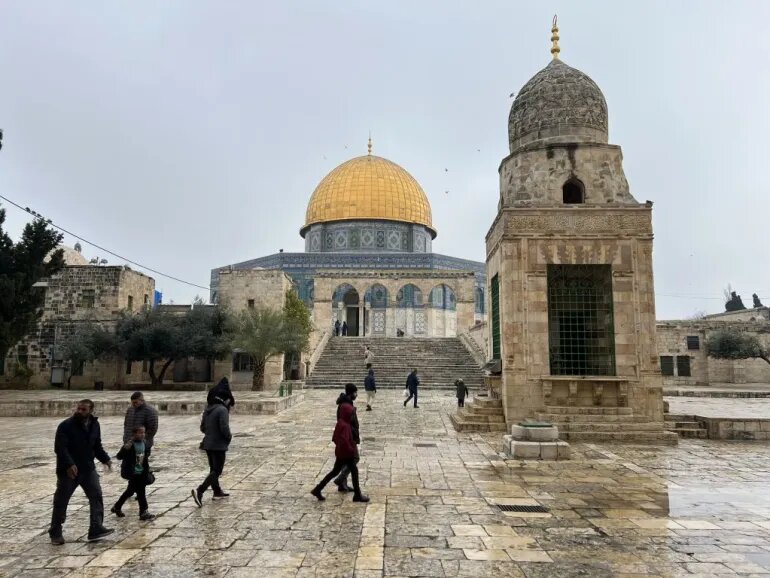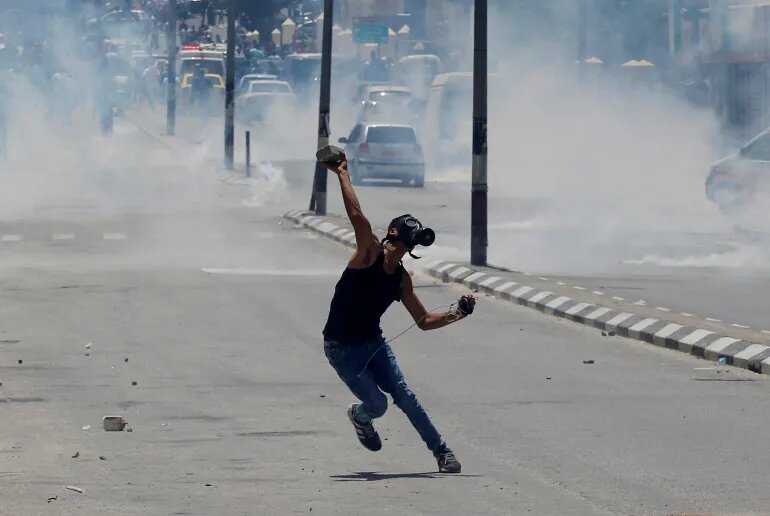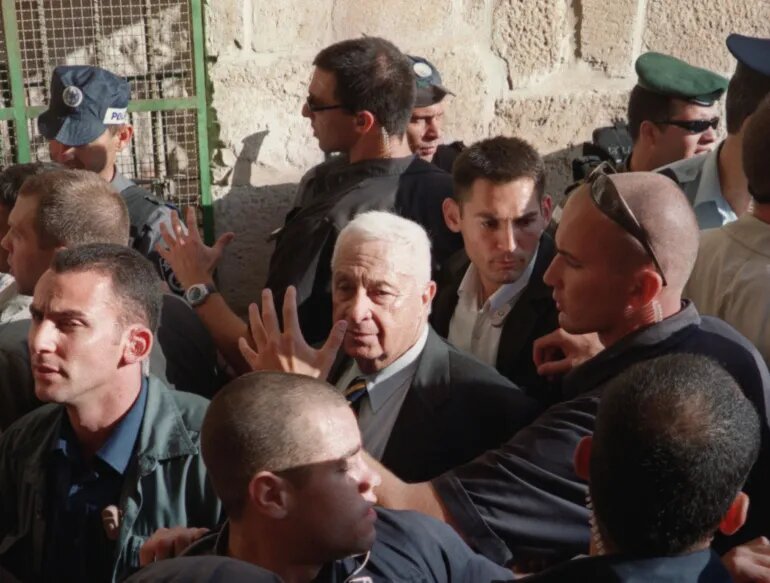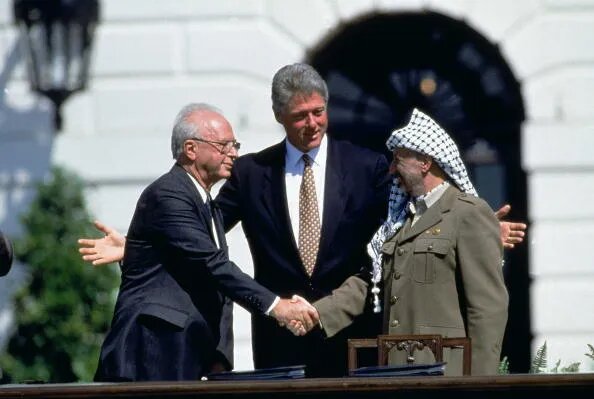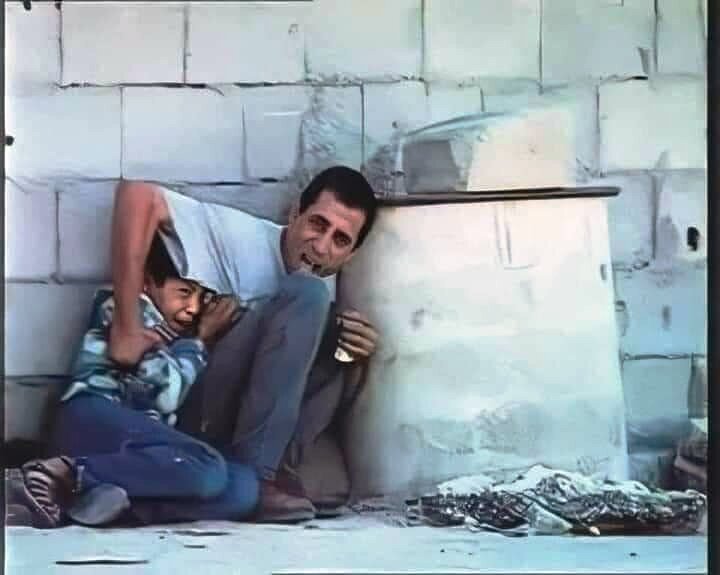Israeli behavior in Palestine; From “Nakbat” to “Genocide in Gaza”
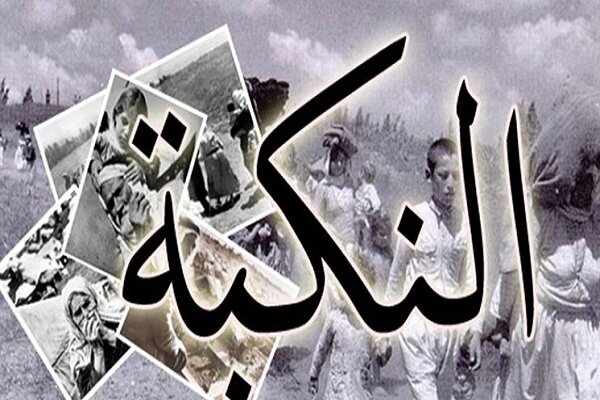
| The history of the Zionist regime's occupation of Palestine since the Nakba has had important milestones, the most important of which is the Al-Aqsa storm operation. |
report Mehr News Agency, the news site of Al Jazeera network, in an article, analyzed the changes in the behavior of the Zionist regime since the beginning of the occupation in the occupied Palestinian land and listed the turning points of these changes.
“Nakbat” is a term that refers to the forced mass exodus of Palestinians that took place in 1948 and displaced at least 750,000 Palestinians from their homes. It is referred to. Every year, the Palestinian people celebrate May 15 as the anniversary of the Nakbat. On this day, Zionist soldiers and armed groups displaced more than 750,000 Palestinians in order to establish their fake government in Palestinian lands.
Al Jazeera in the following, the most important developments in Palestine since 1917 and the signing of the Balfour Declaration which is considered as a prelude to the creation of the Nakbat, has been investigated:
1917; Balfour Declaration
The Balfour Declaration is a letter that Arthur James Balfour British Foreign Minister at the time on November 2, 1917 to announce support and establishment of “a national homeland for the Jewish people” in Palestine He wrote that at that time it was under the control of the Ottoman Empire and had a Jewish minority. On November 4 of the same year, the British government signed the Balfour Treaty to help establish this country under He issued his supervision in Palestine.
Britain had the sovereignty of Palestine between 1923 and 1948 and during this period it welcomed the immigration of European Jews and other parts of the world to Palestine and carried out extensive activities in education. and equipped Zionist militias in Palestine.
1947; Partition of Palestine
The United Nations General Assembly in November 1947 passed a resolution with the approval of 33 countries and the opposition of 13 countries and vote abstention was issued by 10 other countries, according to which two independent Arab and Jewish governments will be formed on the British representation in Palestine, which will have international sovereignty. The United Nations was based in Quds. A trusteeship council was supposed to be formed to manage this country on behalf of the United Nations.
1948; The year of the Nakbat and the transformation of terrorist militias into the government
After the partition of Palestine, Jewish armed groups started the forced displacement of more than 750,000 Palestinians. Of these, 280,000 people were transferred to the West Bank, 70,000 people settled in the East Bank, and 190,000 people went to the Gaza Strip. Also, about 100,000 Palestinians were forcibly transferred to Lebanon, 75,000 went to Syria, 7,000 went to Egypt, and 4,000 went to Iraq. The forced exodus of Palestinians from their homes was the beginning of declaring the existence of the Zionist state on May 15, 1948.
1956; Three-way aggression of the Zionist regime
On October 29, 1956, the Zionist regime occupied the east of the Suez Canal, the Sinai desert, and the Gaza Strip. British and French forces also joined them on October 31 to overthrow Gamal Abdel Nasser’s rule in Egypt. This action was carried out in response to Abdel Nasser’s efforts to internationalize the Suez Canal and to continue supporting the martyrdom operation of Palestinians in Gaza.
1967; The 6-day war and the expansion of the borders of the Zionist regime
On June 5th, 1967, the Zionist regime launched a military attack on Egypt, Lebanon, Syria, and Jordan, and other parts of the historical lands of Palestine, in addition to the Golan Heights in Syria and occupied the Sinai Peninsula in Egypt. This war resulted in the martyrdom of more than 25,000 Arabs and the wounding of 45,000 others, and 6,000 people were captured by the Zionist regime. During this period, 300,000 Palestinians were displaced from the West Bank and Gaza Strip, as well as 100,000 residents of the Golan and thousands of people from the Sinai Peninsula.
Following this war, the United Nations Security Council approved Resolution 242 on November 22, 1967, in which the Zionist military was asked to withdraw from the lands occupied in the June war to withdraw.
1987; Stone Intifada
The first Palestinian intifada took place on December 8, 1987, when an Israeli ran over Palestinian workers in the vicinity of a checkpoint. This action caused protests and demonstrations by the Palestinian nation, and these protests turned into an intifada that continued for several years and included most Palestinian groups. The primary weapon of the Palestinians in this intifada was stone, and on the other hand, the Zionist occupation used all military tools to suppress the protests.
The Stone Intifada continued until 1992 and it was in this year that the negotiations between the Azadi Bakhsh Palestine and the Zionist regime began and finally led to the signing of the Oslo Treaty in 1993. The signing of this treaty ended the Stone Intifada. During this intifada, 1,550 Palestinians were martyred and about 70,000 people were injured. During this time, 70 Zionist soldiers and 99 Israeli settlers were killed.
1993; The infamous Oslo treaty
On September 13, 1993, the Palestine Liberation Movement signed the Oslo Agreement with the Zionist regime, which stated that several decades of conflict and conflict should be ended and legitimate and mutual political rights should be recognized for both sides. A transitional autonomous government was supposed to be formed in Palestine after Israel’s withdrawal from Gaza and Jericho, and power was to be handed over peacefully from Israeli military and civilian institutions to Palestinian representatives.
After this agreement, the two sides signed the Paris Economic Agreement in July 1994 to improve economic relations and Also specify the financial in between. Also, the Cairo agreement was signed as a Chinese introduction to the transfer of civilian authority in the West Bank.
In August 1994, another negotiation was held between the two sides and the Oslo 2 agreement or the so-called Taba agreement in Regarding civil governance in the West Bank and the Gaza Strip, it was signed between the two parties on September 28, 1995.
September 2000; Al-Aqsa Intifada
On September 28, 2000, the second Palestinian intifada after the attack of Ariel Sharon, the former prime minister of this regime, and the army forces of the regime Zionism began in Al-Aqsa Mosque. As a result of this incident, clashes broke out between the worshipers and the occupying forces, in the end 8 Palestinians were martyred and 250 others were injured. Also, 13 Zionist soldiers were injured in these clashes.
Mohammed al-Dara, a Palestinian child who was martyred in front of his father, in the second intifada as a symbol of struggle It became clear and the level of military conflicts between Palestinian groups and the Zionist army expanded.
During this period, the city of Quds witnessed intense conflicts. In the end, this intifada led to the martyrdom of 4,412 people and the wounding of 48,322 people, and on the other side, 1,069 Zionists were killed and 5,504 people were injured.
October 2023; Al-Aqsa storm operation
The military operations of the Palestinian resistance groups in the Gaza Strip against the occupied territories on October 7, 2023, including land and sea attacks and it was aerial, and during this operation, the resistance forces infiltrated the towns around the Gaza Strip.
In this unprecedented military operation, bases and airports and military fortifications of the Zionist enemy were targeted and 5 thousand Rockets and mortars were fired in the first 20 minutes of the operation, and the Zionist regime reacted to this operation with genocide in Gaza and the West Bank, killing more than 35,000 martyrs and wounding more than 80,000 people.
Palestinian political leaders in the West Bank and Gaza Strip agree that the Al-Aqsa storm operation is an unprecedented turning point in history. It is resistance and it is a new stage of the conflict for the liberation of Palestinian lands.


